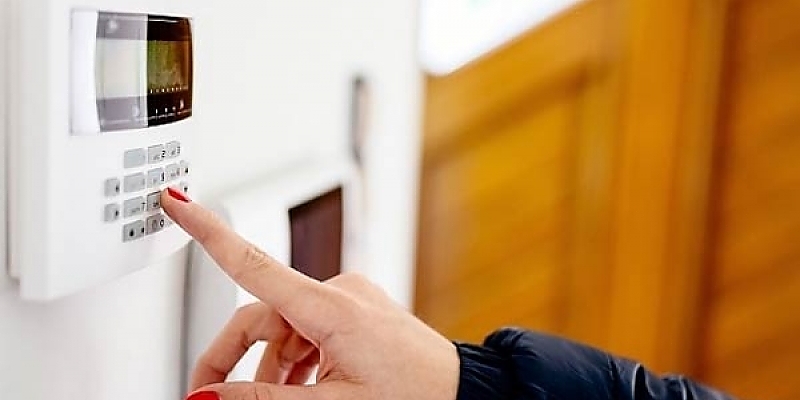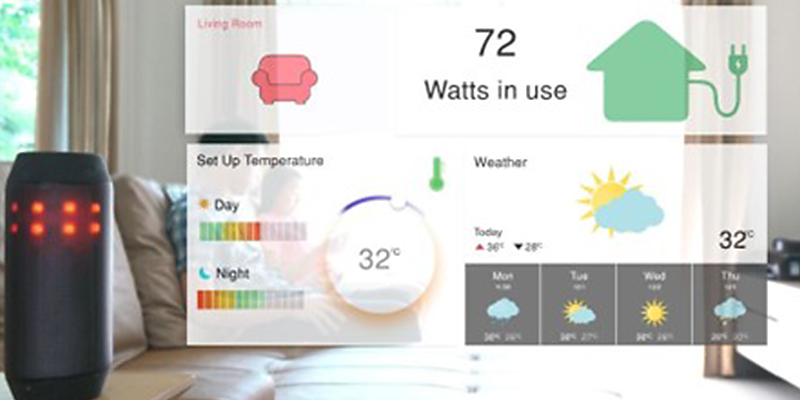By using our website, you agree to the use of cookies as described in our Cookie Policy
-
24 Hour Emergency Service
- 24 Hour Emergency Service
The Invisible Killer: 5 Life-Saving Carbon Monoxide Facts
Each year, at least 430 people die from carbon monoxide poisoning in the United States. Meanwhile, about 50,000 people in the U.S. visit the emergency room because of carbon monoxide.
Don't leave you, your family, or coworkers at risk!
Instead, learn all you can about this colorless, odorless killer. The more you know, the more you can prepare.
Keep reading to discover five carbon monoxide facts that could help you save a life.
With this guide, you can prepare for the invisible killer before it tries to attack.
1. Where Does It Come From?
When any fuel creating carbon doesn't completely combust, it can create carbon monoxide. This includes gasoline, oil, propane, natural gas, coal, and wood products.
At home, the main sources of carbon monoxide include gas- and oil-burning appliances such as:
- Furnaces
- Dryers
- Water heaters
- Charcoal grills
- Automobiles
- Wood-burning stoves
- Ovens
At the workplace, however, the main source of exposure is often internal combustion engines. This can include propane-powered forklifts. Other workplace sources include:
- Organic chemical synthesis processes
- Gasoline-powered tools
- Metallurgical processes
- Oil-lubricated compressors
- Furnaces, ovens, generators, kilns, forges
Carbon monoxide can build up over time, allowing people to inhale the gas or come into physical contact with the liquid. Keep your home safe.
2. Carbon Monoxide Poisoning Symptoms
One of the most important carbon monoxide facts to know is how to spot the symptoms. For low-level poisonings, symptoms include:
- Weakness
- Dizziness
- Confusion
- Nausea
- Headaches
Higher levels of exposure can cause chest pain, vomiting, and loss of consciousness. Without proper help, carbon monoxide poisoning can also lead to coma and/or death.
3. How Do You Detect Carbon Monoxide?
If you're searching for carbon monoxide facts, don't forget to look into detectors. These can include:
- Detector tubes
- Portable carbon monoxide monitors
- Color badges
- Diffusion tubes
- Fixed-location detectors
Some organizations also suggest adding a carbon monoxide alarm to every level of your home or business. These detectors can alert you if carbon monoxide is detected.
4. Carbon Monoxide Poisoning Prevention
In addition to carbon monoxide detection, prevention is also important. Protect yourself by:
- Installing detectors
- Educating yourself with carbon monoxide facts
- Checking appliances for proper venting and operation
- Removing debris from vents, chimneys, and flues
- Forbidding gas-powered equipment use indoors without ventilation
As it gets colder outside, more small businesses turn on their heaters. This is a great time to check to make sure your HVACs are in working condition.
According to this report, states with high altitudes and northern latitudes are most at-risk for CO poisoning deaths.
5. What Do I Do If Someone's Exposed?
If you suspect carbon monoxide poisoning, lead the patient outside. Let them take a deep breath of fresh air. Then, call for emergency medical assistance.
In the meantime, keep everyone away from the source until the gas leak is repaired.
Save Your Life: 5 Life-Saving Carbon Monoxide Facts for a Safer Environment
With these five carbon monoxide facts, you could potentially save a life. These facts about carbon monoxide will also help you prevent CO poisoning before it occurs.
Want to keep your home or business safe and secure? Discover our security services today to protect your family or coworkers from carbon monoxide and other risks.
‹ Back











Comments